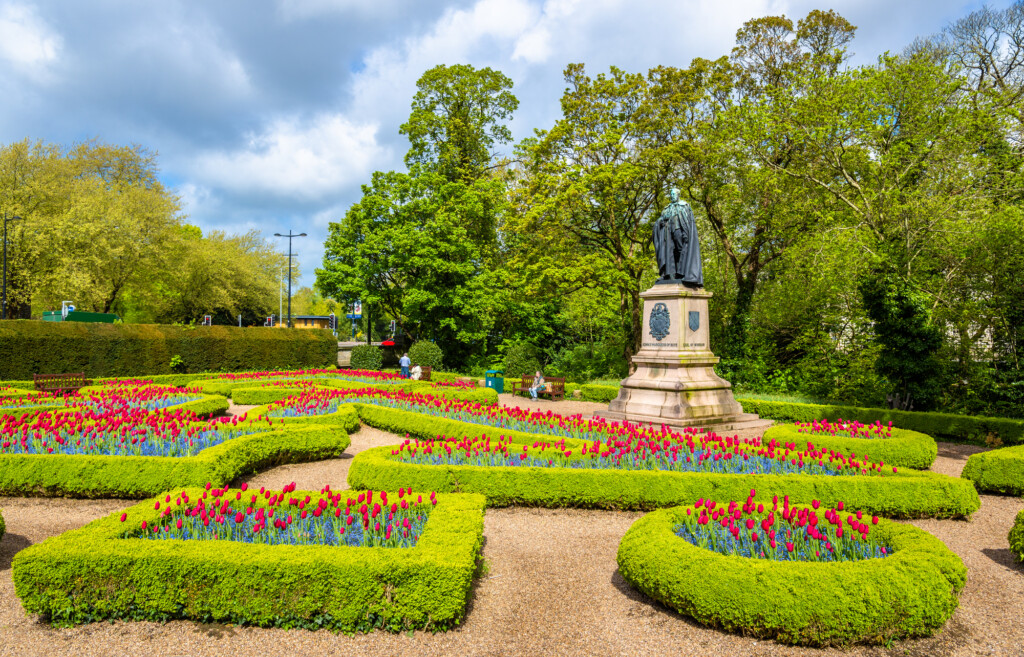As the world grows increasingly aware of the environmental impact of traditional practices, the way we commemorate loved ones is evolving. Green memorials, a form of eco-friendly remembrance, are transforming the landscape of traditional tributes, blending sustainability with deeply personal ways to honor those who have passed. Unlike conventional memorials, which often involve materials and practices that are resource-intensive or harmful to the environment, green memorials offer a sustainable alternative that celebrates life while respecting the earth. Here’s how green memorials redefine what it means to create a lasting tribute.
1. The Rise of Memorial Trees
One of the most popular forms of green memorials is planting a memorial tree. Instead of a tombstone, a tree serves as a living, breathing monument to a loved one’s life. Memorial trees capture the beauty and growth associated with life and offer environmental benefits, including carbon sequestration, habitat for wildlife, and erosion prevention. Some organizations provide services to plant memorial trees in protected forests, ensuring that each tribute contributes to reforestation and biodiversity. Families find comfort in knowing their loved one’s memory lives on in nature, creating a peaceful place for reflection and remembrance. You could also honor yours with A Living Tribute memorial tree, which can provide a visiting point and a lasting memory for your loved one.
2. Biodegradable Urns and Natural Burials
For those who choose cremation, biodegradable urns offer a way to return ashes to the earth without harming the environment. Made from natural materials like recycled paper, salt, or sand, these urns decompose over time, often enriching the soil. Some biodegradable urns even come with seeds embedded, allowing a tree or plant to grow from the ashes. In addition, natural or green burials, where the body is placed directly into the ground without embalming chemicals or metal caskets, enable decomposition in a way that benefits the ecosystem. Green burials align with the cycles of nature, creating a harmonious connection between life and earth.
3. Living Reefs for Ocean Lovers
For those who loved the ocean, living reef memorials offer a unique and meaningful tribute. Ashes are mixed into specially designed concrete structures that are placed in the ocean to create artificial reefs. These reefs support marine life by providing habitats for fish, coral, and other ocean organisms. Not only does a living reef memorial honor the memory of a loved one, but it also contributes positively to the marine environment, helping to rebuild depleted reefs. This form of green memorial is particularly impactful, as it turns a personal remembrance into an ecological benefit for future generations.
4. Memorial Gardens and Green Spaces
Memorial gardens are becoming an increasingly popular way to commemorate loved ones in an eco-friendly way. Whether it’s a small garden in a backyard or a designated space in a community park, memorial gardens can be filled with the favorite flowers, trees, or plants of the deceased. These green spaces provide a peaceful area for family and friends to visit and remember while contributing to local biodiversity. Gardens also serve as a home for pollinators like bees and butterflies, playing a small but vital role in supporting the environment.
5. Legacy Projects with Environmental Impact
Another way green memorials are transforming traditional tributes is through legacy projects that directly support environmental causes. Many families are now choosing to honor their loved ones by donating to conservation organizations or funding renewable energy projects in their name. This approach goes beyond creating a physical memorial, focusing instead on a lasting impact that aligns with the deceased’s values. Legacy projects allow the memory of a loved one to live on in actions that benefit the planet, whether through reforestation, wildlife protection, or environmental education programs.
Redefining Memorials with Purpose and Sustainability
Green memorials are shifting the way we approach remembrance, moving from static tributes to living, impactful legacies. These sustainable practices reflect a growing awareness of our responsibility to the earth, offering an alternative that honors loved ones in a way that contributes positively to the world they left behind. As more people seek out green memorial options, they’re embracing the idea that a tribute can be both meaningful and environmentally responsible. Through trees, gardens, reefs, and legacy projects, green memorials allow the memory of loved ones to flourish alongside nature, creating a tribute that truly lives on.
Photo Credit: DepositPhotos.com



